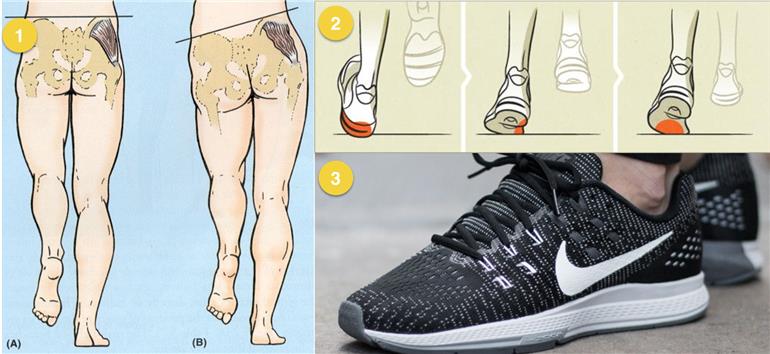I recently posted about running my first 10k and intention to run the Hackney Half in May (here: healthunlocked.com/marathon... ).
Two weeks ago I went for a run. I ran 10k, this time with some kit my wife bought me (check her out, she's awesome- healthunlocked.com/couchto5... )- blister proof socks and a running top made a surprisingly massive difference.
I felt quite a lot stronger during this run than the previous 10k. I didn't time myself, but am sure I was faster and finished without feeling like dying. I even took my daughter to the park afterward. I couldn't believe how great I felt.
...Until that evening when I woke up in the middle of the night to go pee (proof that I really am getting older). I could barely walk down the stairs. What happened to my knees!? I was in serious pain. I tried to brush it off and woke up early to go to the gym the next morning. I felt pretty sore the whole time, but assumed it was muscle-related rather than an injury. I was wrong.
For the next several days my knees were pretty bad. I could barely walk up or down stairs for days. It took a full week for my right knee to feel better and a full two weeks for my left knee to feel normal again. I felt depressed about being so incapable and the prospects of the race.
After doing a fair bit of reading I discovered what I think are the 3 possible reasons my knees gave up on me.
1. Weak gluteus minimus muscles.
Have a look at image (1) above. Basically, these muscles keep your hips horizontal as you run. If the muscles are week then your hips dip, putting pressure in places you shouldn't (like your knees). I suspect that my left gluteus minimus muscle is weaker than the right, as it took longer to return to normal and since the exercises I've been doing were harder on the left side than the right (my right leg is dominant).
Here's a video showing the exercise I've been doing to strengthen my gluteus minimus:
youtube.com/watch?v=R9ebXcX...
2. Overpronation. As most of you know, pronation is when the foot rolls inward when you walk or run. It is part of the natural movement that helps the lower leg deal with impact. Overpronating is when your foot rolls too far inward. See image (2) above (underpronating is the opposite).
It was pretty easy to determine that my foot wasn't in its proper, neutral pronating position. I Just visited a running store that filmed me running on a treadmill, and replayed it in slo-mo. To correct that problem I simply tried on shoes and repeated the filming process till we determined which ones were the best for my stride / foot movement. It was between a pair of Brooks and Nikes and I went with the Nikes as they seemed slightly more comfortable (Nike Air Zoom Structure 19. Image (3) above).
As far as I understand, your pronation should look about like this guy's:
youtube.com/watch?v=UoRovOv...
3. Wrong shoes. This is implied by point 2. above, but a while back I was interested in trying out barefoot running. I never really kept it up. When I recently decided to give running another try I just kept running in the same shoes, but instead of running barefoot style (striking with the ball of my foot), I ran the traditional way (striking with my heal). This meant there was no 'drop' (cushion / support) in the minimalist shoes and my heal was pounding the ground. I think this meant quite a lot of impact on my knees. I'm hoping the Nikes fix this as well.
So, while I'm hoping I've identified the problems, I won't know until I start running again. I've decided to wait till mid-week to try a short distance and see how I get on. I'm worried that this has killed my chances of building up my distance in time for the Hackney Half.
Any comments from real runners very welcome.

